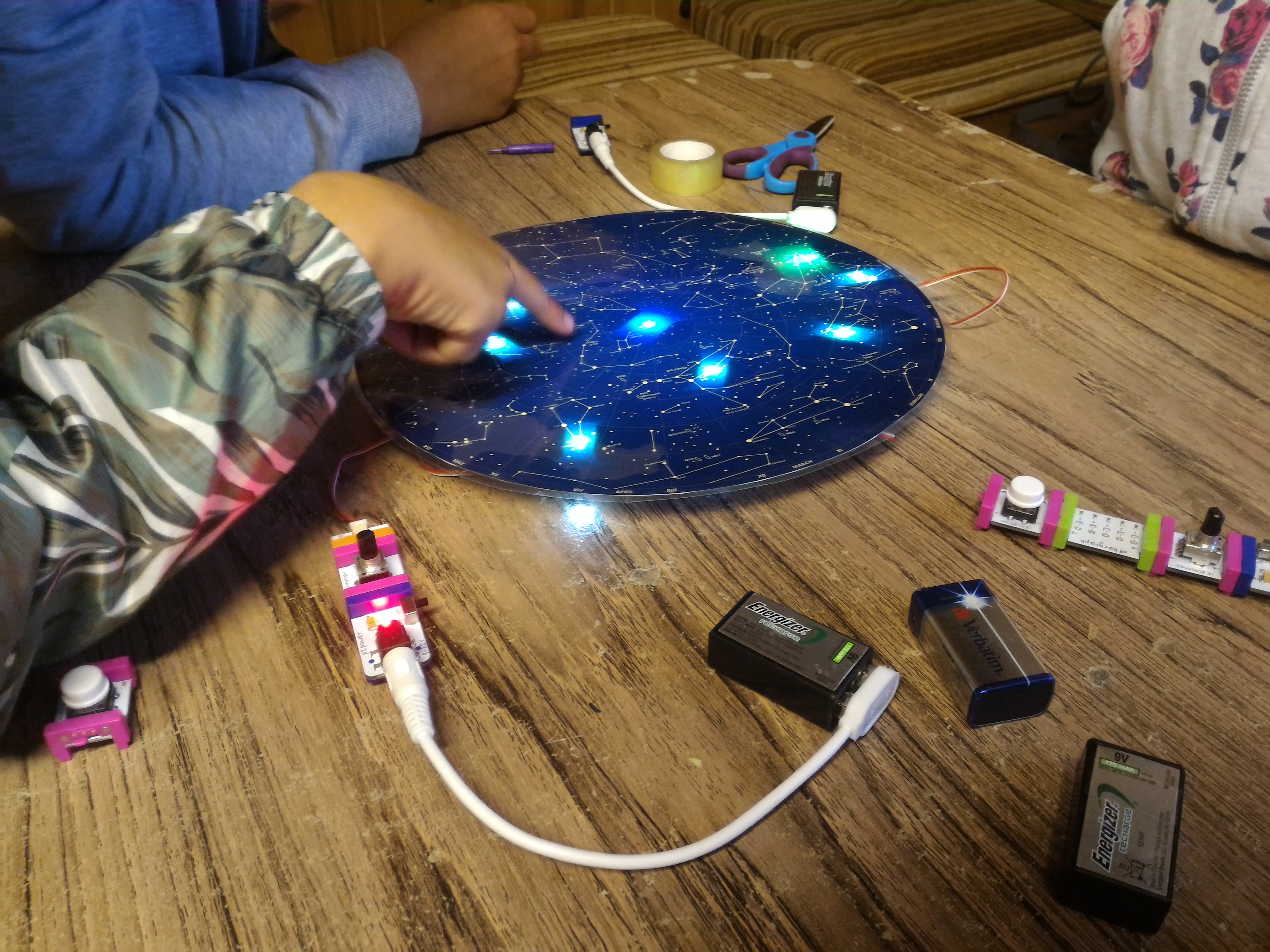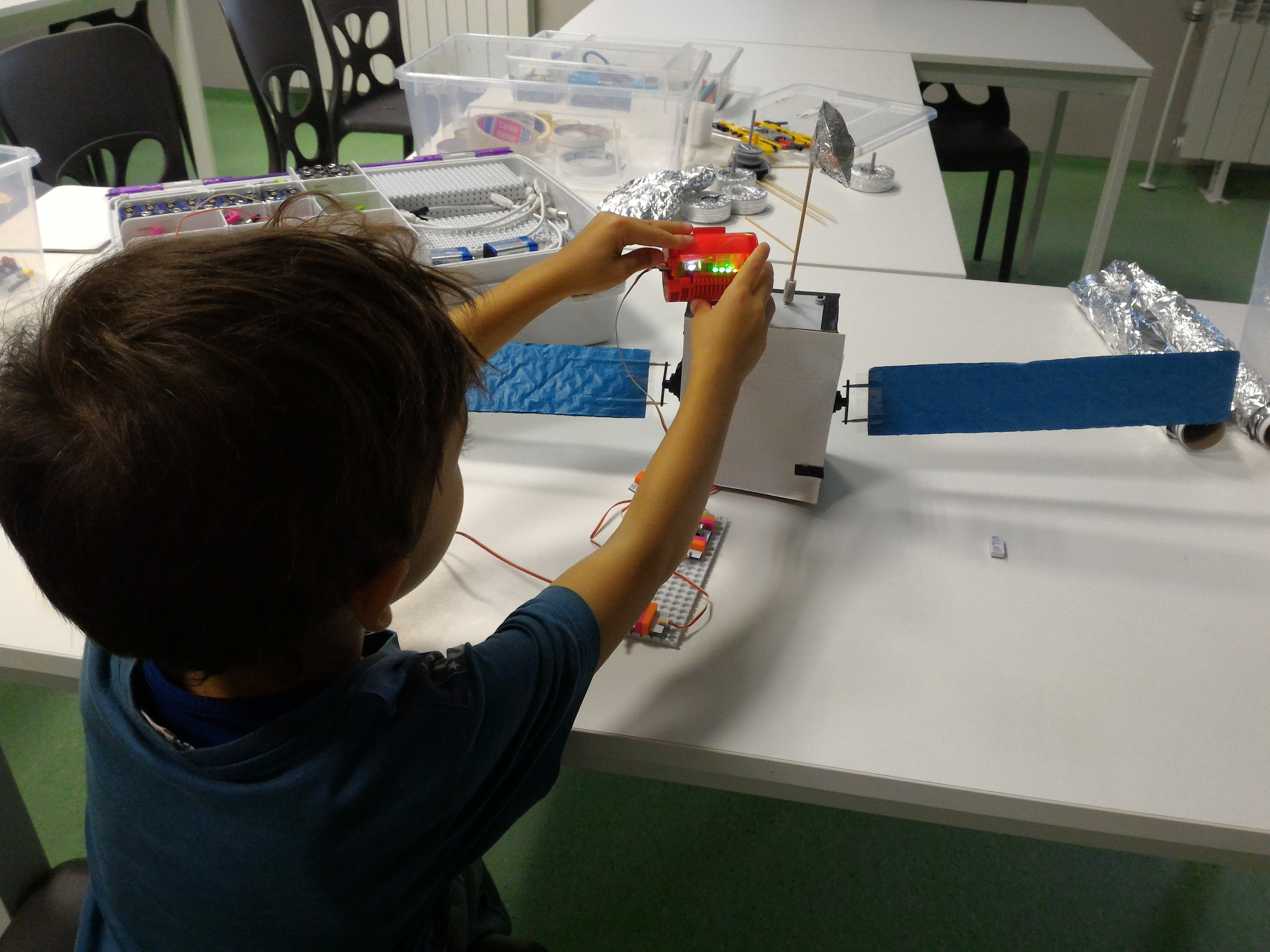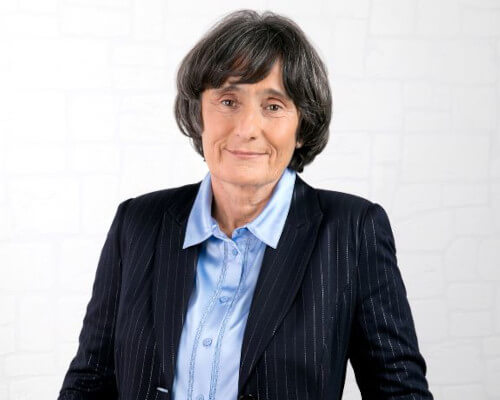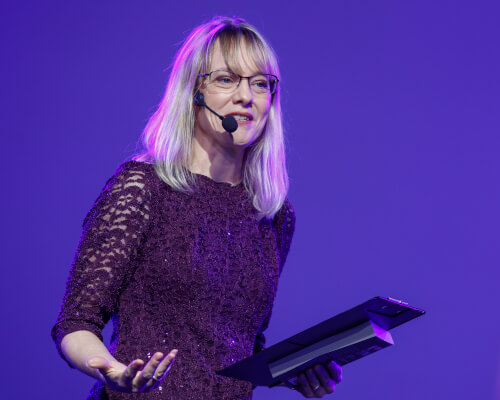
When he first started tackling space challenges, Kliment passed seven levels, and his main project was a penguin-cooling device. Kliment loves penguins and wants to save this endangered species from extinction. At level 7, he came back with a friend. “I will be his mentor,” he explained and repeated levels 1–7 with his mentee. The duo successfully overcame all 12 levels.
Kliment was only five years old when the Space Challenges team awarded him his first diploma.
Nicola also completed the program before starting school. The five-and-a-half-year-old impressed his teachers with the octopus-helicopter he invented. Seven-year-old Dea made a feeding alarm for her parrots, which told her when they were awake—and hungry.
The young age of the participants is no coincidence. Young children are innately curious about everything that surrounds them. Through talks about space and Earth—the planet most vital to us—and entertaining practical activities, Space Challenges mentors nurture this natural curiosity.
“We aren’t looking to raise a generation of astronauts,” says Radostina Avramova, who has taught in the program since 2016. “The goal of Space Challenges is to encourage interest in science and research and help children understand how things work—to see how objects around them come alive.” Children work with a littleBits inventor kit in many of the program levels. Unlike a tablet or a smartphone, however, the inventor kit turns them into creators rather than passive users of technology.
Space Challenges Junior started in September 2015 in partnership with Muzeiko, Eastern Europe’s biggest children’s science center, and Bulgarian telecommunications company Telenor. The program was inspired by the adult Space Challenges program, whose educational activity is supported by ABF.

The children’s program consists of 12 workshops, in each of which participants complete a different mission. So far, over 700 children have taken part in the program, with about a hundred having successfully completed the first five missions. Eighteen children (five girls and thirteen boys) have finished all twelve missions. In one of the workshops, children learn about the distance light travels in space before it reaches Earth all while they assemble their first electrical circuit to make a constellation. In the Rosetta mission, children learn about the differences between a comet and an asteroid and stellar bodies’ likely contribution to the emergence of life on Earth. The Combo mission allows each child to develop a robot. One of the more endearing creations tries to help people smile more.
Program participants also develop critical thinking skills, learn to ask questions, and examine objects and phenomena in detail. They discover how important it is to be critical toward information online by watching a video in which the words “astronomer” and “astrologer” are mistakenly used as synonyms. Besides analytical thinking, Space Challenges promotes environment-friendly consumption and waste reduction, which is why participants make their creations from recyclable materials easily accessible in everyday life.

